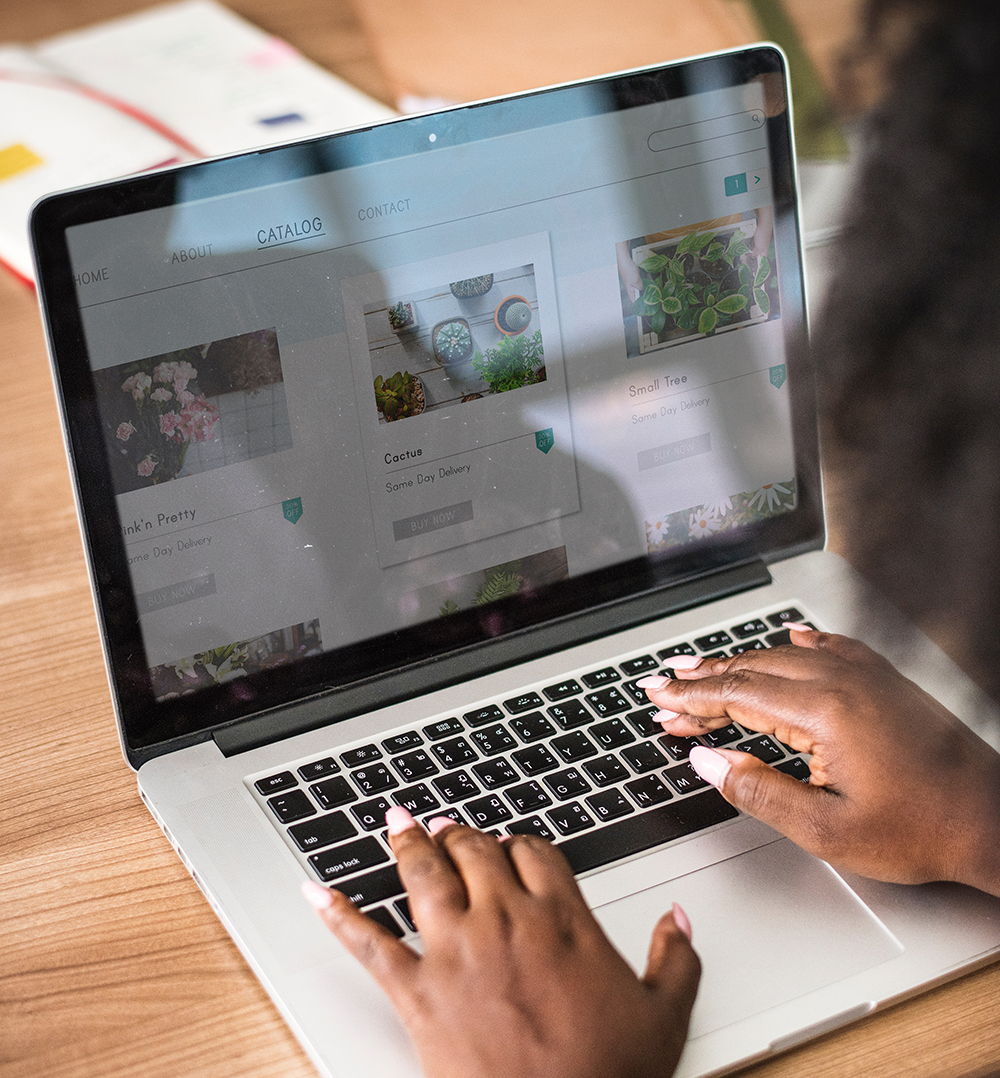The user experience design purpose: avoiding the shitting cost
2 September, 201810 lies you should never believe about User Experience
2 September, 2018
Which is the methodological process we need to follow in order to design a good user experience? Of course, there’s not just one. Nor is it written in stone. There are good practices can be assimilated to user-centered methodologies.
In this video I’ll briefly explain the steps we should take to, at least, have the necessary information, the challenges and contrasted ideas, the tangible prototypes and something at the end of the process that is feasible, viable and desirable.
In addition, I leverage the opportunity to highlight probably the first cause for success in user experience design: being hands-on from the very beginning and prototype as much as possible to test your ideas constantly
Do not miss it.
VIDEO TRANSCRIPTION
Hello again. You’ve reached the fourth video I made about the user experience design. During previous ones, I’ve intentionally beat about the bush around different basic concepts like what is it, what’s the purpose or what is it for. Here I’ll concentrate my efforts on a crucial aspect: how can user experience be designed?
A very good question indeed. Logic recommends the usage of user-centered design methodologies, especially, Design Thinking. The thing is I’ve found on the web valuable Design Thinking resources and I’ve wrote on my blog some posts about it -sorry, Spanish version not translated yet-. So, in despite it’s not my interest here to give a master class on Design Thinking, I’m going to explain briefly which the process basics are.
The first thing to do is to understand key aspects like:
Competition, because copying is not a bad thing as long as you enhance the original product legally.
Market, because we need to estimate the potential reception our product or service could have
User, of course
Capabilities and technical limitations
Next job is about to be able to synthesize what we’ve learned in order to move forward in the process. To do this, we will build on top of all the evidences gathered in the previous phase. Our goal must be to clearly define challenges surrounding our target users and their needs. Best way to achieve this is using indicators and platforms where we can consolidate them in some kind of briefing.
Once we arrive to this point, it’s time to start thinking and create tangible ideas. We’ll do it visualizing all we have in mind just drawing and graphically presenting possible interactions. We will create tangible prototypes then, trying to convert visualizations in material low-fidelity designs we can touch. An important thing here is don’t omit technological part and evaluate a possible proof of concept at this point. Once we have something we can see and touch, we will test first with users to evaluate desirability. Second, we’ll focus on tech part to test the PoC and estimate its feasibility.
And we’ll do this applying an iterative philosophy. How? By error test. We must learn in each cycle. Because in every step in the process or every ideation lap, we should to obtain something loved enough to send to be developed by our engineers to increase the product or service value at scale. If you would like to learn more about how to grease the process, you can find some posts in my blog about the easiest way to combine Design Thinking with Agile methodologies.
The whole process is important. But let me make a special emphasis on an essential part for me: prototyping. As IDEO said, maybe the UX top company, if a picture is worth a thousand words, a prototype is worth a thousand meetings. And it’s absolutely true.
So, advance fast in the process is important. We must materialize everything that happens to us as soon as possible. We’ll start with paper sketches, following with some wireframes. Using these valuable resources, we’ll be able to connect whole sketches in order to confer a suitable and necessary navigability character. It’s time then to go a little further and generate powerful mock-ups, something essential for the idea testing. Finally, we can move to high-fidelity prototypes. In despite this is an optional decision, they help a lot to materialize the desired deliverables as faithfully as possible, something great for our developers in order to avoid user interface disasters.
Which is the real prototyping culture benefit? Let me show you with this image. As you can see, your design explanation cost is reduced as long as you move down the process using prototypes. But, in the other hand, the making prototypes associated cost increases. It’s a matter then to find the optimal balance point. Fortunately, it often coincides with the generation of good mock-ups, something quite affordable.






